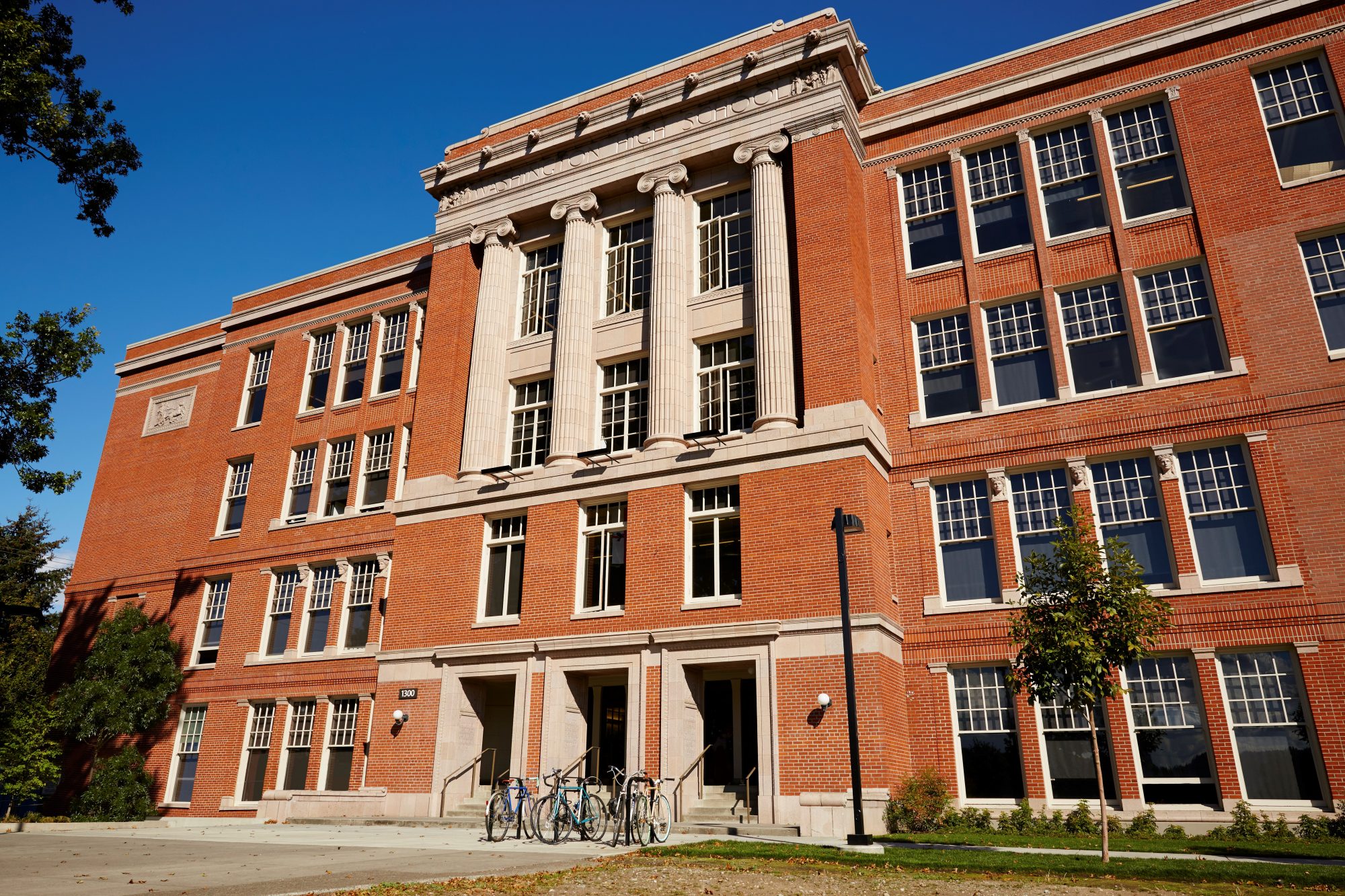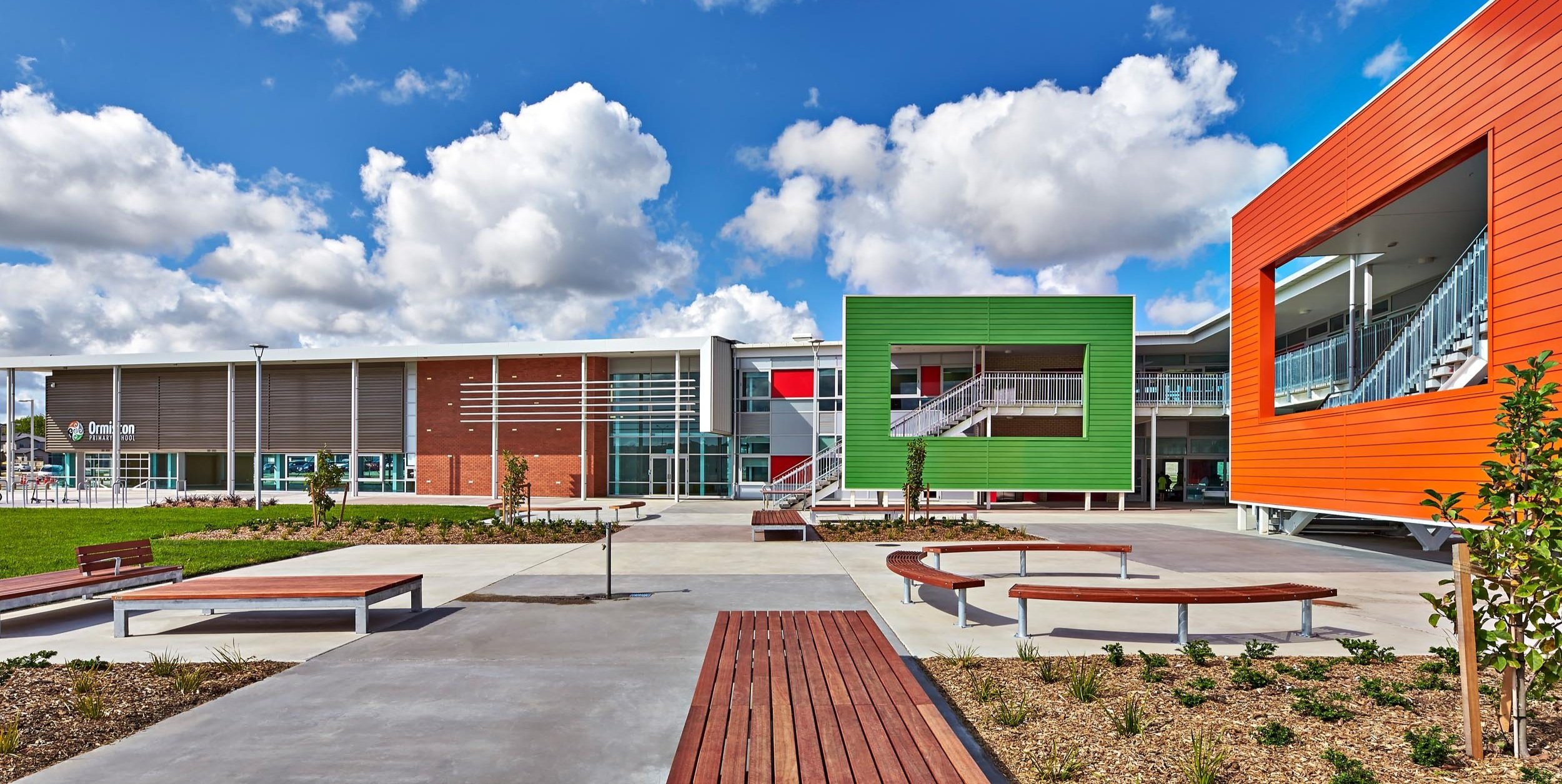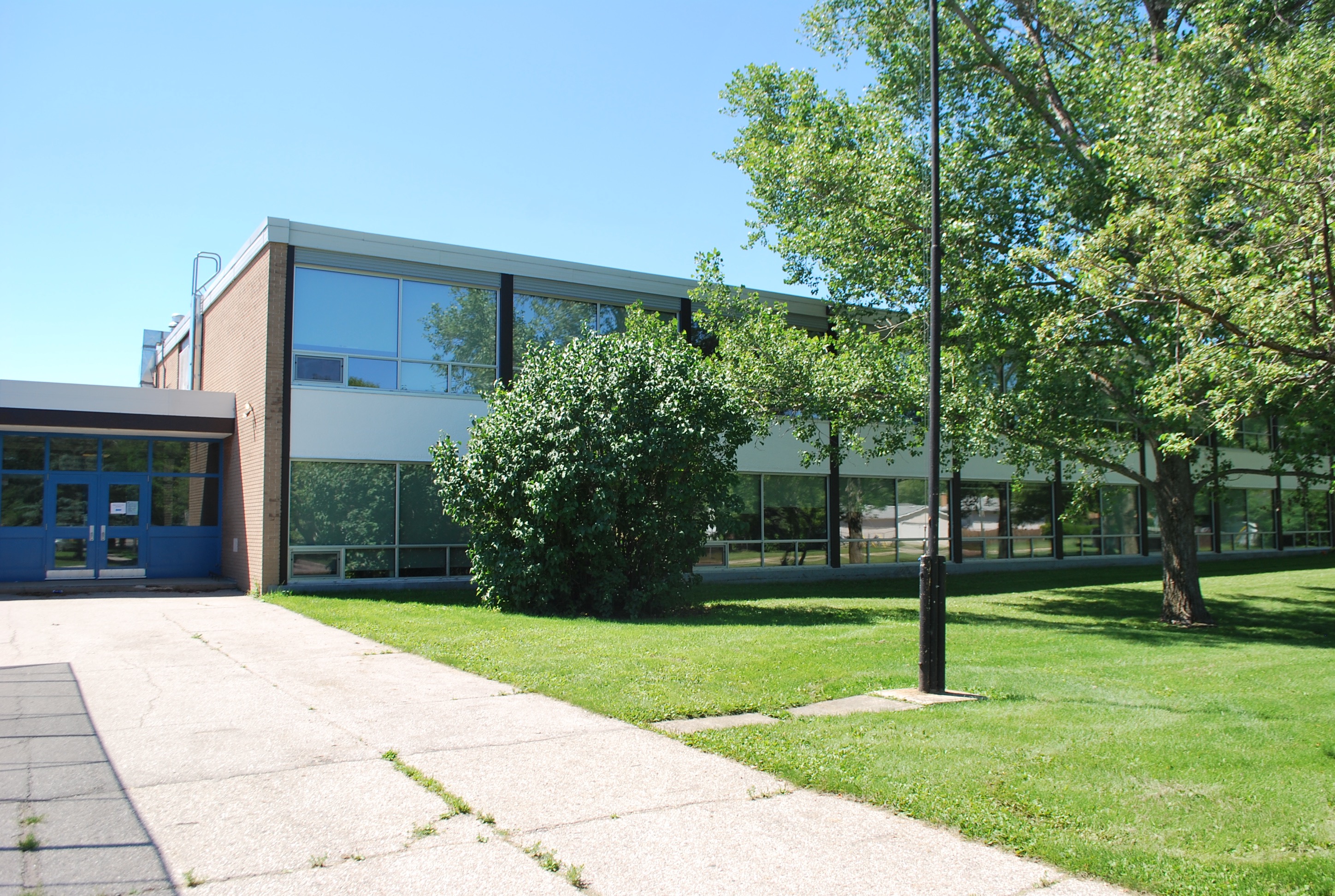The shadow of a school shooting looms large over communities, a stark reminder of the fragility of peace within educational institutions. These devastating events, where firearms are used in an armed attack at a primary school, secondary school, high school, or university, have become an increasingly frequent and tragic part of the global discourse, particularly in the United States. Many of these incidents escalate into mass shootings, defined by multiple casualties, leaving behind a trail of grief, trauma, and unanswered questions. Understanding the scope, frequency, and impact of these attacks is crucial for fostering safer environments for our students and educators.
The data surrounding school shootings paints a grim picture, highlighting an escalating crisis that demands urgent attention and comprehensive solutions. From the high-profile tragedies that capture international headlines to the less reported incidents that still leave communities shattered, each event contributes to a growing tally of violence. This article delves into the statistics, human stories, and broader implications of school shootings, drawing on documented data to illuminate the profound challenge they pose to societies worldwide.
Table of Contents
- Understanding School Shootings: A Stark Reality
- The Alarming Rise: A Decade of Despair
- The Human Cost: Lives Forever Altered
- Not Just an American Problem: The Global Reach
- Unraveling the Motives: Glimpses into Perpetrators
- The Definitive Source: Documenting the Violence
- Navigating the Aftermath: Seeking Solutions and Support
Understanding School Shootings: A Stark Reality
A school shooting is, at its core, an armed attack within an educational setting, typically involving a firearm. These incidents can range from targeted attacks to indiscriminate violence, often resulting in injuries or fatalities. While school shootings occur worldwide, the United States has undeniably been the scene of the vast majority of these attacks, making it a focal point for research, debate, and the search for solutions. The definition often extends to events where a student at a school shoots and injures or kills at least one other student or faculty member on the grounds of that school. This broad scope captures the full spectrum of gun violence impacting campuses, from elementary schools to universities. The term "mass shooting" is frequently applied when multiple casualties occur, further amplifying the tragic scale of these events.The Alarming Rise: A Decade of Despair
The frequency of school shootings has shown a deeply disturbing upward trend in recent years, transforming what was once considered an unthinkable anomaly into a recurring nightmare for many communities. Data collected since 2018 reveals a harrowing escalation in the number of such incidents. There have been 228 school shootings recorded since 2018, a figure that underscores the pervasive nature of this violence. Breaking down the annual statistics paints an even clearer, and more concerning, picture. Last year, 2023, saw 39 school shootings resulting in injuries or deaths. The year prior, 2022, was even worse, with a staggering 51 incidents. While 2021 recorded 35 shootings and 2020, likely influenced by widespread school closures due to the pandemic, saw 10, the numbers from 2019 and 2018 each stood at 24. These figures highlight a fluctuating yet undeniably high baseline of violence that continues to plague educational environments. The trajectory suggests that despite efforts to enhance security and address underlying issues, the problem of school shootings persists with alarming resilience.A Troubling Start to the Year: 2024's Grim Tally
The year 2024 has already marked a particularly grim milestone in the history of school gun violence. As of May 13, there had been 23 school shootings in the United States, leaving nine people affected, whether injured or killed. This rapid accumulation of incidents in just over four months points to an accelerating crisis. The shooting at Abundant Life Christian School in Madison, Wisconsin, on a Monday, was recorded as the 83rd school shooting in 2024, a number that has already surpassed the total for 2023, making it the year with the most school shootings recorded in a single year since data collection began. This statistic alone should serve as a powerful wake-up call, indicating that the problem is not only ongoing but intensifying. The deadliest school shooting of the year, so far, occurred in Winder, further emphasizing the devastating impact these events have on communities and the urgent need for effective prevention strategies.The Human Cost: Lives Forever Altered
Beyond the cold statistics, each school shooting represents an unimaginable tragedy, irrevocably altering lives and leaving indelible scars on individuals, families, and entire communities. The human cost is immeasurable, extending far beyond the immediate casualties to encompass the psychological trauma endured by survivors, witnesses, and those living in fear. When considering mass shootings—defined as events resulting in the death of four or more people, not including the perpetrator—the scale of loss becomes even more stark. Since 1999’s Columbine High School massacre to a more recent shooting in Texas, 169 people have died in 14 such events connected to U.S. schools and colleges. These are not just numbers; they represent individuals with futures unfulfilled, families shattered, and communities left to grapple with profound grief.Profiles of Loss: Remembering Victims
The victims of school shootings are often remembered for their courage, dedication, and the vibrant lives they led. Richard Aspinwall, a victim of the Apalachee High School shooting, was a beloved math teacher and high school football coach. He is widely remembered as the kind of "man you want to coach your kid," a testament to his positive impact on young lives. His story is a poignant reminder of the invaluable contributions educators and mentors make to society, and the void left by their absence. In another heart-wrenching incident, a teacher and a teenage student were killed in the school shooting at the Abundant Life Christian School in Madison, Wisconsin. This attack also injured six more people, adding to the growing list of those directly harmed by such violence. Each name, each story, underscores the devastating reality of these attacks and the profound ripple effect they have on countless lives.Not Just an American Problem: The Global Reach
While the United States accounts for the vast majority of school shootings, these horrific incidents are not exclusively an American phenomenon. The global community has also witnessed its share of campus violence, serving as a somber reminder that the issues contributing to such attacks can transcend national borders. A significant event that highlights this global reach occurred on June 10, 2025, at 09:57 CEST, when a mass shooting occurred at the Dreierschützengasse Secondary School in Graz, Austria. The shooter killed 10 people and injured 11 others, an act of violence that sent shockwaves through Europe and beyond. What we know so far about the shooting underscores the tragic universality of such events and the need for international collaboration in understanding and preventing them. While less frequent outside the U.S., these incidents demonstrate that no country is entirely immune to the threat of school violence, prompting a global conversation on security, mental health, and gun control.Unraveling the Motives: Glimpses into Perpetrators
Understanding the motives and backgrounds of individuals who commit school shootings is a complex and often elusive endeavor, yet it is critical for developing effective prevention strategies. While no single profile fits every perpetrator, patterns sometimes emerge from the limited information available. For instance, the FBI reported that authorities interviewed an individual in 2023 over alleged online threats, highlighting the potential for early intervention when concerning behaviors are identified. In another case, a student was suspended in April for using a school computer to research previous mass shooting attacks. This incident underscores the importance of vigilance and the potential for concerning online activity to serve as a red flag. After time attending an alternative school, this student returned to their middle school on May 8, raising questions about reintegration protocols and ongoing monitoring. These glimpses into the lives and behaviors of perpetrators, though fragmented, emphasize the multifaceted nature of the problem, often involving mental health issues, social isolation, and access to firearms. The latest news on the Georgia high school shooting, where a father and son were arraigned, further illustrates the varied circumstances and potential influences behind these devastating acts.The Definitive Source: Documenting the Violence
The meticulous documentation of school shootings is an essential, albeit somber, task. This information is recorded not merely to tally numbers but to fully document the scope of gun violence on school campuses. Such data provides critical insights into trends, patterns, and the overall impact of these incidents, informing policy decisions and prevention efforts. Reliable sources, such as the Associated Press (AP News), serve as definitive platforms for independent journalism, offering the latest breaking news and updates on school shootings. The availability of this comprehensive data is vital for researchers, policymakers, and the public to gain a clear understanding of the crisis. It allows for detailed analysis of various factors, including the types of schools affected, the demographics of victims and perpetrators, and the circumstances surrounding each event. Use of this data must be cited, ensuring that the information disseminated is accurate and attributable to credible sources, thereby maintaining the integrity of the discourse surrounding this critical issue.Navigating the Aftermath: Seeking Solutions and Support
The aftermath of a school shooting is a period of profound grief, shock, and a desperate search for answers. Communities are left grappling with immense trauma, and the long-term psychological impact on students, faculty, and parents can be devastating. Beyond the immediate response, the focus shifts to healing, rebuilding trust, and implementing measures to prevent future tragedies. This involves a multi-pronged approach that addresses various aspects, from mental health support to physical security enhancements and legislative actions. The collective experience of enduring such events often galvanizes communities to advocate for change, fostering resilience in the face of unspeakable horror.The Call for Action: Beyond the Headlines
The persistent rise in school shootings demands more than just headlines; it necessitates a robust and sustained call for action from all sectors of society. This includes advocating for comprehensive gun safety legislation, investing in mental health services for youth, and implementing early intervention programs to identify and support individuals at risk of violence. It also involves fostering a culture of awareness and reporting, where students and staff feel empowered to speak up about concerning behaviors or threats. The conversation must extend beyond political divides to focus on practical, evidence-based solutions that prioritize the safety and well-being of students and educators. This collective responsibility requires continuous dialogue, collaboration, and a commitment to enacting meaningful change that can save lives.Fostering Safe Environments: A Collective Responsibility
Creating truly safe learning environments is a complex undertaking that falls upon the shoulders of many stakeholders: parents, educators, law enforcement, mental health professionals, and policymakers. It involves a combination of strategies, from physical security measures like controlled access points and surveillance systems, to proactive behavioral threat assessment teams that can identify and intervene with individuals exhibiting concerning signs. Furthermore, fostering a positive school climate, where students feel connected, supported, and heard, can play a crucial role in preventing violence. This holistic approach recognizes that safety is not merely about preventing attacks but about nurturing an environment where every student can thrive, free from fear. It is a continuous effort, requiring adaptability, empathy, and an unwavering commitment to protecting the most vulnerable members of our society.Conclusion
The phenomenon of school shootings represents one of the most heartbreaking challenges facing our societies today. The escalating numbers, the devastating human cost, and the profound ripple effects on communities underscore the urgency of addressing this crisis. From the alarming frequency of incidents in the United States to the tragic events witnessed globally, the data unequivocally points to a problem that demands our collective attention and resolve. Each school shooting is a stark reminder of lives cut short, futures unfulfilled, and the deep emotional wounds inflicted upon survivors and witnesses. By understanding the scope of this violence, recognizing the human stories behind the statistics, and exploring the complex factors contributing to these tragedies, we can move closer to finding meaningful solutions. The path forward requires a multifaceted approach, encompassing robust mental health support, responsible gun safety measures, proactive threat assessment, and the cultivation of nurturing school environments. It is a long and arduous journey, but one that is essential for the safety and well-being of future generations. We invite you to share your thoughts and perspectives on this critical issue in the comments below. Your insights are invaluable as we collectively strive to create safer schools for every child. For more in-depth analyses and updates, explore other articles on our site dedicated to community safety and well-being.
.jpg)
